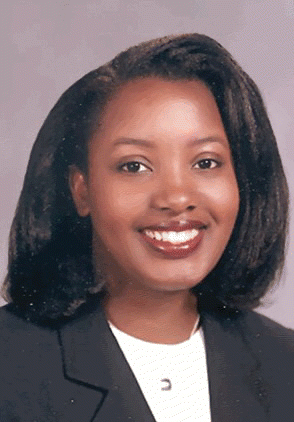For otolaryngologists not specializing in voice problems, he recommends they use videostroboscopy in their practices, but thinks this will take more time to gain popularity.
Explore This Issue
January 2009I think the growth [of using this technology] is not a mushrooming growth, he said, but a gradual growth, as we would expect for otolaryngologists who are devoted to lifelong learning.
Just Around the Corner: High-Speed Laryngeal Imaging
Although videostroboscopy has still to make its way into the hands of many otolaryngologists, right on its heels is an even more advanced imaging technology that will raise similar questions about investment and use.
Seen as an adjunct to videostroboscopy, high-speed laryngeal imaging allows for imaging of vocal fold vibration in real time. The imaging uses high-speed cameras to capture images at a rate of 2000 to 8000 frames per second without the need for periodic vibration to capture the image. This overcomes the limitation of videostroboscopy, which only provides a virtual representation of vocal fold vibrations said Katherine A. Kendall, MD, Director of the Voice Clinic at the Minneapolis VA Medical Center.
Although Dr. Kendall does not think that high-speed laryngeal imaging will replace videostroboscopy, she said that one benefit it will provide beyond videostrobscopy is to permit evaluation of vocal fold vibrations in patients with aperiodic vibration, tremor, and laryngeal spasms-patients traditionally not able to be evaluated with videostroboscopy.
 Otolaryngologists need to listen to the patient’s complaints thoroughly and have a keen understanding of the details of the voice complaint prior to performing the stroboscopy.
Otolaryngologists need to listen to the patient’s complaints thoroughly and have a keen understanding of the details of the voice complaint prior to performing the stroboscopy.
-Yolanda D. Heman-Ackah, MD
One exciting potential area that high-speed laryngeal imaging may play a key role in is detection of behavioral contributions to laryngeal pathology. The potential for using high-speed imaging to improve our understanding of how various behavioral and soft tissue abnormalities impact vocal fold vibration is extremely exciting, she said.
©2009 The Triological Society
Leave a Reply